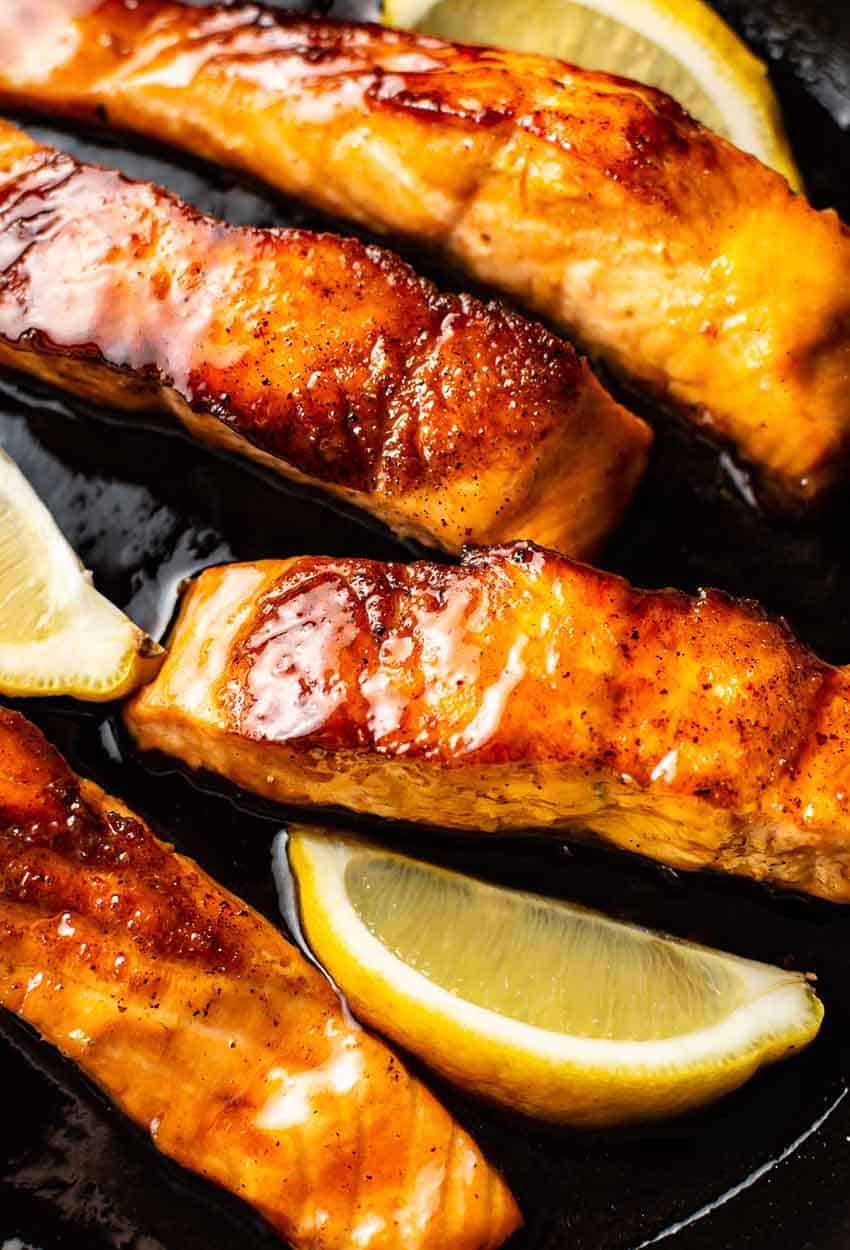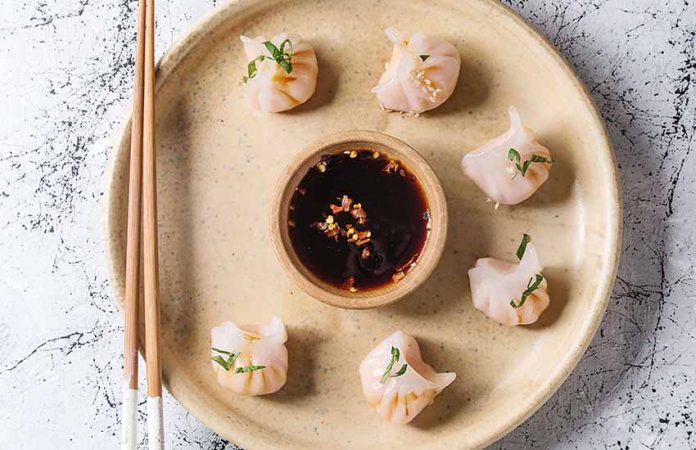It’s not often that I have to stop working to go eat what I’m writing about. After you watch the video below you’ll understand, and you’ll never look at soy sauce the same way either.
On a trip to Portland, Oregon, last year, I experienced Japanese food and ingredients in ways I’d never imagined before; it was quite an education.
While most of it isn’t relevant to my life in Mexico, some things are. That’s why I brought back a US $30 quart of high-quality, organic, unpasteurized soy sauce, aged two years in 150-year-old cedarwood kegs — with no regrets.
Obviously, it’s a far cry from the colored, sweetened, flavored water sold under the misnomer of “soy sauce.”
Food science writer Harold McGee describes commercially made soy sauce like this: “Defatted soy meal, the residue of soybean oil production, is broken down — hydrolyzed — into amino acids and sugars with concentrated hydrochloric acid. This caustic mixture is then neutralized with alkaline sodium carbonate and flavored and colored with corn syrup, caramel, water and salt.” Ugh.
I hate being the “food police,” but sometimes it’s sadly necessary. With soy sauce, label-reading is essential.
Maybe you’re thinking that you don’t eat much Asian food, so who cares? What you don’t know is what you’re missing: that elusive umami bomb that’s packed into every drop of authentic soy sauce, adding a rich complexity to everything it touches.
Traditional soy sauce is made from spring water and fermented soybeans and wheat berries — not wheat flour — aged for two to three years in wood barrels. That’s it.
The best brands are aged in barrels more than 100 years old, full of koji — a type of mold — and other yeasts that create flavor and aroma. The resulting unpasteurized (i.e., uncooked) liquid is enzyme- and lactobacillus-rich, full of umami.
China is credited with first brewing soy sauce; the Japanese modified the recipe to include an equal portion of wheat for a sweeter flavor profile. (Korean soy sauce is altogether different.)
The label of a real Japanese-style soy sauce will say nama shoyu, meaning raw/unpasteurized soy sauce. That’s what you’re looking for.
If you’re fortunate — as we are here in Mazatlán — you might find an Asian food store that carries more reputable brands of actual soy sauce. Amazon México offers some, but they’re pricey. Get someone to bring you a bottle next time you have a visitor come from the States.
In the meantime, read labels! The best you’ll probably be able to find are Kikkoman soy sauces, made with only four ingredients — water, soybeans, wheat and salt — and aged for six months. Don’t be fooled by Japanese-sounding names (Satoru, Kaporo); those are full of coloring, sugar, chemical MSG, flour and additives.
A few other things: “light” soy sauce (usukuchi shoyu) is really a type of soy sauce; it doesn’t mean low in sodium. Again, read the label. Traditionally, it has a stronger, saltier flavor, either from the brewing method or from the addition of rice vinegar, mirin or corn syrup.
And tamari isn’t a soy sauce at all; it’s the liquid left after making miso and is 100% soybeans. Those avoiding gluten often choose tamari as a soy sauce substitute to avoid wheat in traditional Japanese soy sauce.
Once you have real soy sauce, you’ll see how versatile it is. The real stuff won’t add an overwhelming “Asian flavor” to foods; instead, it’s natural flavor-enhancing glutamates take flavors to another, richer and more complex level.
Add a teaspoon to gravies, sauces, marinades, chilis and soups and meats of all kinds, from chicken to pork ribs to carne asada and fajitas. Mushrooms taste meatier, store-bought barbecue sauces and soups taste richer, and even that Sunday morning standby, the Bloody Mary, benefits from a splash of salsa de soya.

Soy-Ginger Sauce
Use for dipping or pour over noodles or rice.
- ¼ cup soy sauce
- 2 tsp. minced fresh ginger
- Pinch black pepper
- 2 Tbsp. minced cilantro
- Sesame oil to taste
Combine all ingredients and use.
Honey-Soy Sauce Glazed Salmon
- 1 lb. fresh salmon, cut into 4 filets
- Salt and pepper
- 1 Tbsp. olive oil
- 2 Tbsp. butter, divided
- ¼ cup soy sauce
- ¼ cup honey, heated
- Pinch garlic powder
- ½ Tbsp. cornstarch
- Fresh lime/lemon juice to taste
Pat salmon dry with a paper towel. Season with salt and pepper. Whisk soy sauce, garlic powder and cornstarch in medium bowl; add honey, mix well and set aside.
In a skillet set to medium-high, heat olive oil and 1 Tbsp. butter. Cook salmon skin-side down 5 minutes; reduce heat to medium, flip and cook another 2–3 minutes till almost cooked through. Add remaining 1 Tbsp. butter to skillet.
When melted, pour in sauce between salmon pieces. Cook about 30 seconds, then remove from heat and flip salmon. Spoon sauce over top. Squeeze lemon/lime juice over fish. Serve immediately.
Soy-Glazed Chicken with Cucumbers
- 1 English or Persian cucumber, thinly sliced
- 1 shallot, thinly sliced lengthwise
- ¼ cup rice vinegar
- Salt and pepper
- ¼ cup soy sauce
- 2 Tbsp. honey or maple syrup
- 4 boneless, skinless chicken breasts (1½-2 lbs.)
- 2 Tbsp. vegetable oil
- 2 garlic cloves, smashed
- 1 tsp. ground coriander
- For serving: Chopped fresh cilantro and rice
In medium bowl, toss cucumber, shallot, vinegar, 1 tsp. salt and ¼ tsp. pepper; set aside. In a shallow dish, make a marinade of soy sauce and honey/maple syrup; add chicken, turn to coat.

In large skillet, heat oil over medium-high. Stir in garlic and coriander. Add chicken (reserving marinade); cook until browned on both sides, about 3 minutes per side. Add reserved marinade and ¼ cup water. Bring to a simmer, reduce heat to medium-low and cook, covered, 4–5 minutes more per side until cooked through.
Uncover skillet, increase heat to medium-high and cook, turning chicken occasionally, until liquid is reduced and chicken is glazed, about 5 minutes. If necessary, whisk in more water one tablespoon at a time until it’s back to a shiny sauce that can be drizzled.)
Serve over rice with cucumber salad and cilantro, drizzled with any leftover glaze, or as a taco or burrito filling.
Janet Blaser is the author of the best-selling book, Why We Left: An Anthology of American Women Expats, featured on CNBC and MarketWatch. She has lived in Mexico since 2006. You can find her on Facebook.
